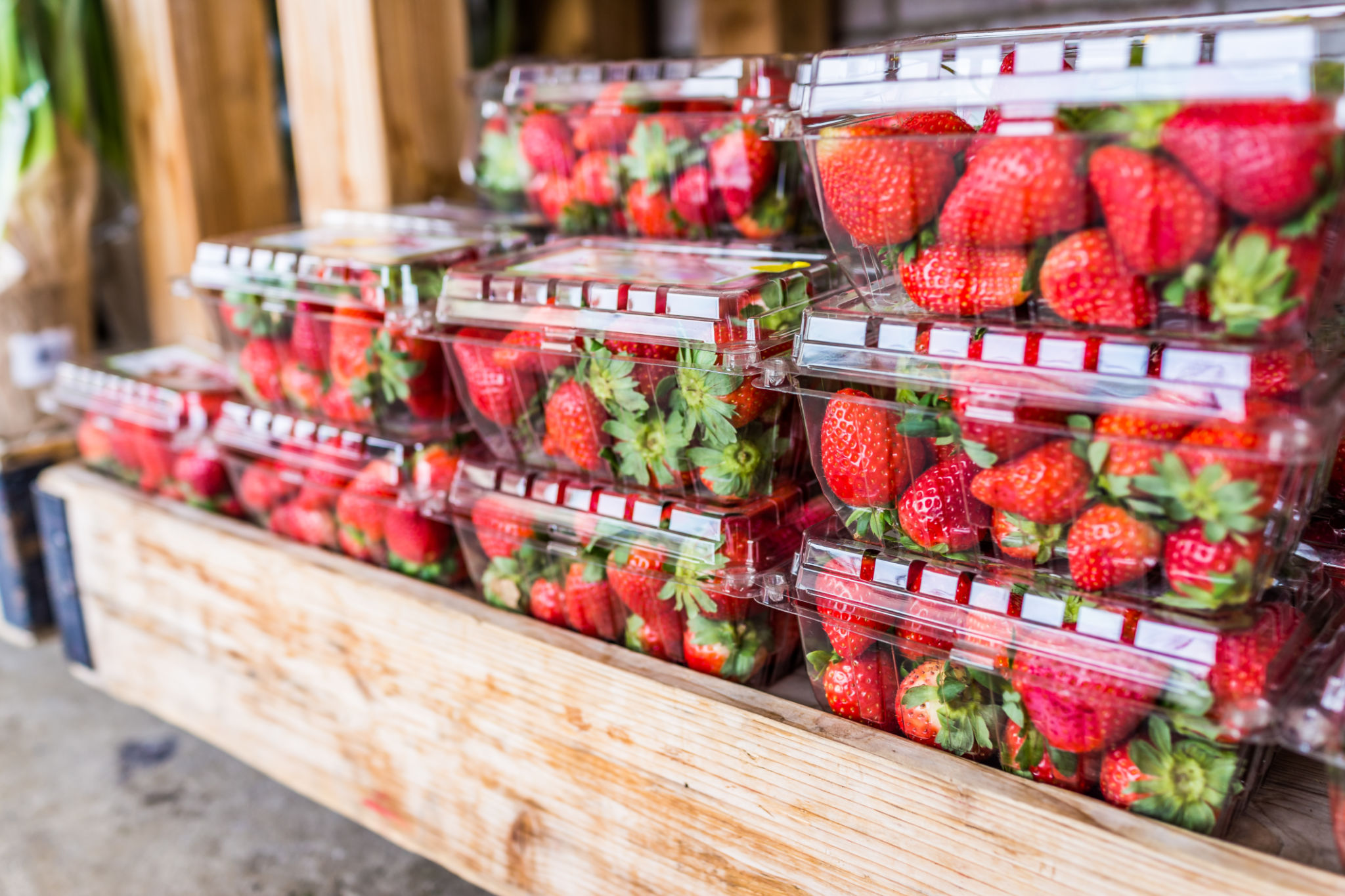How to Ensure Freshness in Sea Freight: Best Practices for Exporting Fruits and Vegetables
Understanding the Importance of Freshness in Sea Freight
Exporting fruits and vegetables is a delicate process, especially when it involves sea freight. Maintaining the freshness of produce is crucial to ensure customer satisfaction and reduce waste. By implementing best practices, exporters can protect their products from spoilage and preserve their quality throughout the journey.
Sea freight offers a cost-effective solution for transporting large quantities of produce over long distances. However, the extended transit time requires careful planning and attention to detail to maintain the produce's freshness. Let's explore some essential practices that can help achieve this goal.

Pre-Cooling: The First Step to Freshness
One of the most effective ways to ensure produce remains fresh during transit is through pre-cooling. This process involves reducing the temperature of fruits and vegetables before loading them onto the vessel. By doing so, you slow down the ripening process and reduce the risk of spoilage.
Different types of produce require specific pre-cooling methods. For example, some may benefit from forced-air cooling, while others might require hydro-cooling or vacuum cooling. Understanding these methods is vital to choosing the right one for your specific produce.
Choosing the Right Packaging
Packaging plays a critical role in maintaining freshness during sea freight. It acts as a protective barrier against physical damage and environmental changes. Selecting the right packaging materials that offer adequate ventilation and insulation is crucial.

Using breathable materials, such as perforated plastic or cardboard, allows for air circulation, which helps control humidity levels and prevent condensation. Additionally, incorporating absorbent pads can help manage excess moisture, reducing the chances of mold growth and spoilage.
Temperature Control and Monitoring
Maintaining a consistent temperature throughout the shipping process is essential for preserving produce freshness. Investing in refrigerated containers, also known as reefers, is a common practice among exporters. These containers enable precise temperature control, ensuring that products are kept in optimal conditions.
To further enhance temperature management, consider using data loggers or smart sensors. These devices provide real-time monitoring of temperature fluctuations, allowing for quick adjustments if needed. This proactive approach minimizes the risk of spoilage due to unexpected temperature changes.

Efficient Loading and Unloading Practices
The way produce is loaded and unloaded can significantly impact its freshness. During loading, ensure that pallets are arranged to allow for proper air circulation. Avoid overloading containers, as this can lead to compression damage and impede airflow.
Upon arrival at the destination port, it's essential to have an efficient unloading process in place. Quick transfer from the vessel to a refrigerated facility reduces exposure to external temperatures, helping maintain freshness until the produce reaches its final destination.
Ensuring Quality Through Collaboration
Collaborating with experienced logistics providers can greatly enhance the success of your sea freight operations. These professionals understand the complexities of shipping perishable goods and can offer valuable insights and support throughout the process.
By working together with partners who prioritize quality and efficiency, exporters can streamline their operations and ensure that their fruits and vegetables arrive fresh and ready for market consumption.

